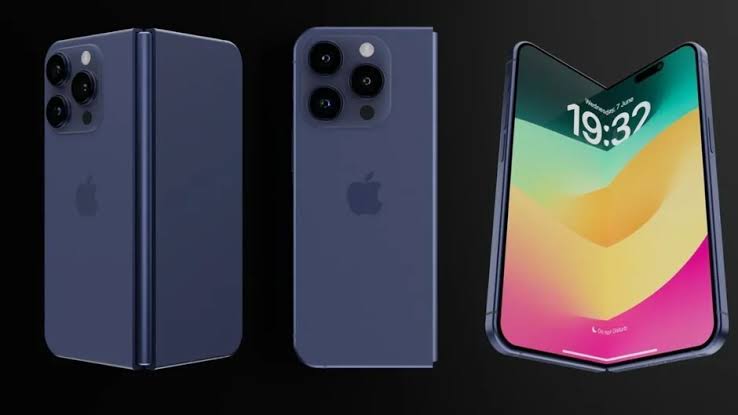About a month ago, Hollywood was shaken when the announcement was made that the Ellison family backed Paramount Skydance’s plans to purchase Warner Bros. Discovery. If the deals go through, Paramount ($18.6B) and David Ellison will become the kings of Hollywood, sitting on Warner Bros.’ ($42.3B) valuable IP.
In the early hours of October 12, it was reported that Warner Bros. had rejected Paramount Skydance’s acquisition price, stating it was too low per share.
According to Bloomberg, Paramount’s initial bid of $20 per share was not attractive to Warner Bros. Discovery despite its stock price being around $17 on Friday’s market close.
David Ellison will allegedly re-evaluate his bid, looking for additional funds and backing while taking his bid directly to WBD shareholders.

This will be Ellison’s second big move in Hollywood this year. Earlier this year, David Ellison’s Skydance completed its merger with Paramount at $8 billion. Skdance Media is now the parent company to Nickelodeon, MTV, CBS and more, including properties like Teenage Mutant Ninja Turtles and Star Trek.
Warner Bros. Discovery is expected to split into two companies (Warner Bros. the Studio and Discovery Global for all the TV properties); companies like Paramount, Skydance, and Netflix are in a bidding war to acquire all of its properties, with more expected to announce their interest in the coming months.













